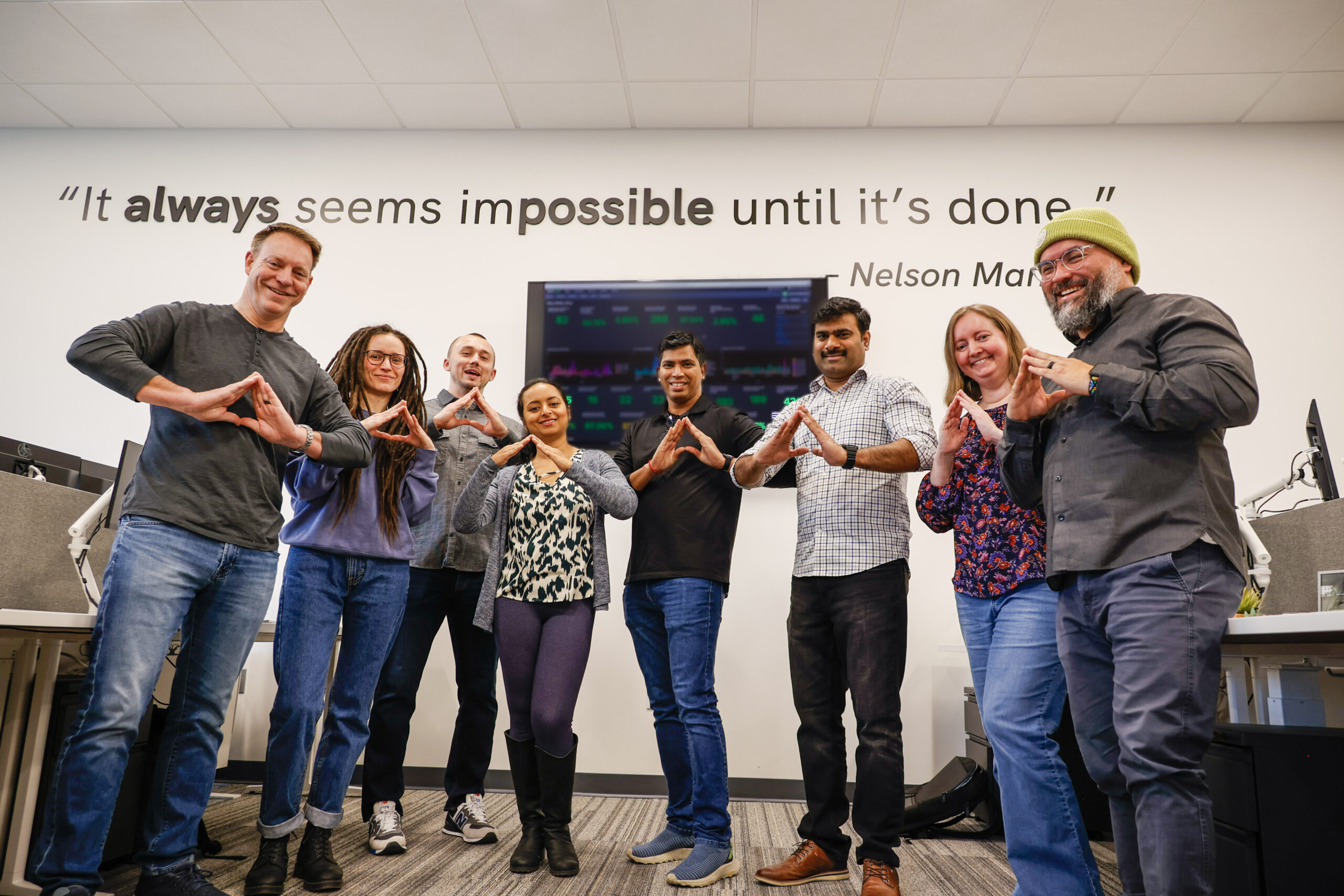We are excited to announce Madrona’s investment in Archway‘s $15M Series A financing. Archway is a modern banking platform that enables banks to build trusted, long-term, and mutually rewarding relationships with their customers.
Over the past few decades, banks have focused on enabling their banking services via web and mobile applications, which has certainly been a welcome convenience. That said, consumer and corporate banking needs continue to evolve rapidly. Customers expect more than digital, easy-to-access banking solutions. They are looking for their banks to understand them in real time, anticipate their banking needs, make complex decisions nearly instantaneously, and eliminate the need for redundant data.
For example, why can’t my bank see that three quarters from now, my business will need an increase in our working capital line? Ideally, they would proactively bring that to my attention, allow me to accept the line of credit terms with a click of a button, and have the right amount of cash deposited into the correct account the day before it is needed.
If I have a checking account, a credit card, and maybe even a CD with my bank, why do I need to provide any information — other than the amounts of loan needed and the down payment I will be making — when I apply for a home mortgage? My bank already has all the other required information to process my application.
Why can’t my bank understand my income, spending patterns, and upcoming needs and look for ways to deliver a better yield on excess cash through investments that fit my risk profile?
There are hundreds of other examples of how banking needs to evolve. I want an intimate high-value banking relationship, but that does not mean I need to have a conversation with my banker every day. It does, however, require that every day, my bank [or their software platform] thinks about my needs and collaborates with me to help me achieve my goals.
So how does a bank solve these requirements and fulfill a vision of anticipating its customer’s needs? Banks need a modern cloud-native open platform that seamlessly integrates with legacy solutions and allows them to consume innovative technology as rapidly as they would like. The platform should also allow banks to build deep partnerships and integrate seamlessly with the wide range of other applications their customers use to manage their financial lives. Additionally, this platform should allow banks to leverage deep learning models to improve customer interaction and use data to constantly improve their understanding of their customers.
That is Archway.
The idea that launched Archway was born at WaFd Bank. Brent Beardall, the CEO of WaFd, and I (Steve) outlined a goal to transform WaFd into a digital-first bank that could understand the financial health of its customers in real-time. With that understanding, WaFd wanted to partner with customers to allow them to reach their goals through financial products that were ideally suited to meet their individual needs. Of course, to fulfill that vision, WaFd needed to build a modern banking platform that could seamlessly integrate into existing systems and quickly deliver new solutions. It also needed to integrate with other solutions customers use to manage their lives and businesses and be an extensible platform that utilizes the innovation from an ecosystem of developers. WaFd built Pike Street Labs (PSL) and brought in technology veteran Dustin Hubbard to run PSL and bring that vision to life.
Dustin and the team had three underlying requirements as they built what is now Archway. First, there can never be a requirement to replace existing legacy banking applications. Archway had to work seamlessly with those applications. Second, a deep understanding of the regulatory environment that banks must operate within needed to be built into the platform, and Archway needed to benefit from it. Third, they needed to allow the technology platform to be consumed by any bank and allow others to innovate and build applications on Archway.
Archway is designed to serve the more than 10,000 community, regional and super-regional banks and credit unions in the U.S. These financial institutions are central elements to healthy regional economies but do not have the IT capacity of national or multi-national banks. As such, they run their operations on legacy banking platforms, built decades ago when banking needs were very different. As you would expect, these legacy providers are innovation laggards and cannot even begin to deliver on the modern needs of consumers and businesses.
Archway’s ambition is to allow any bank to operate at feature parity with the largest banks in the world. However, our ambition does not stop there. Over time Archway will be able to anticipate the needs of the end customer and allow banks to build trusted, long-term, and mutually rewarding relationships with their customers.
